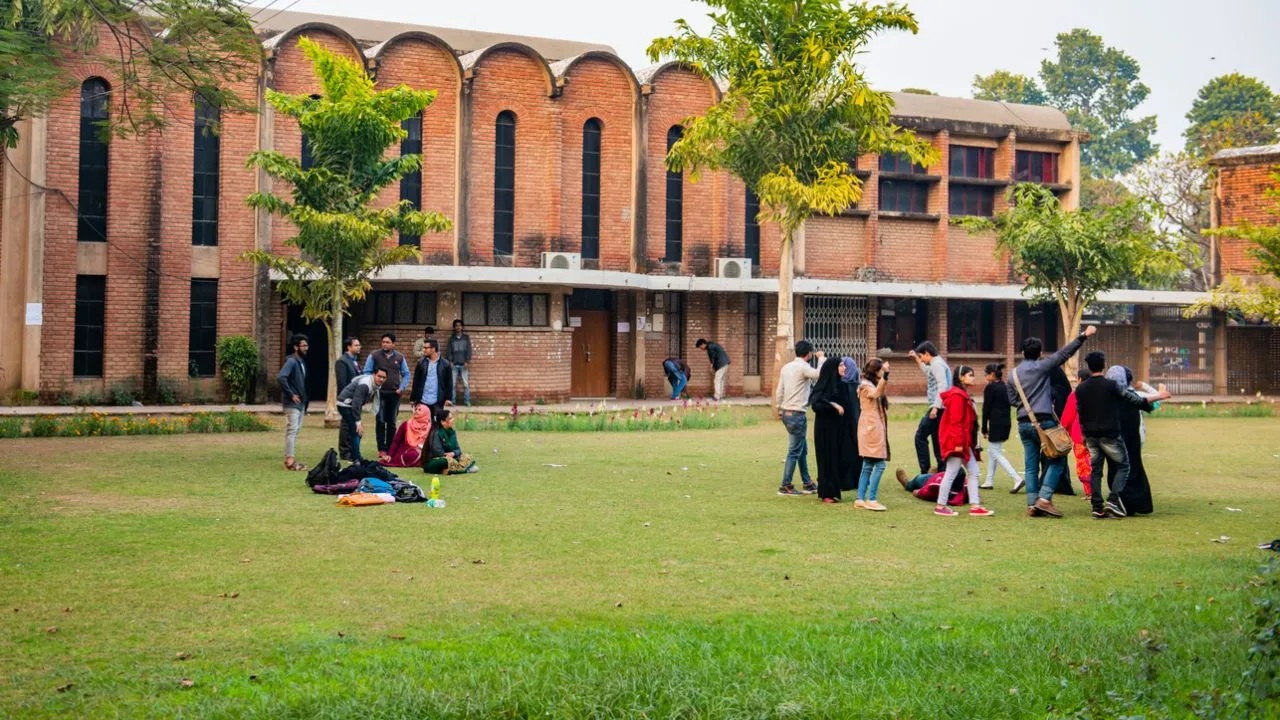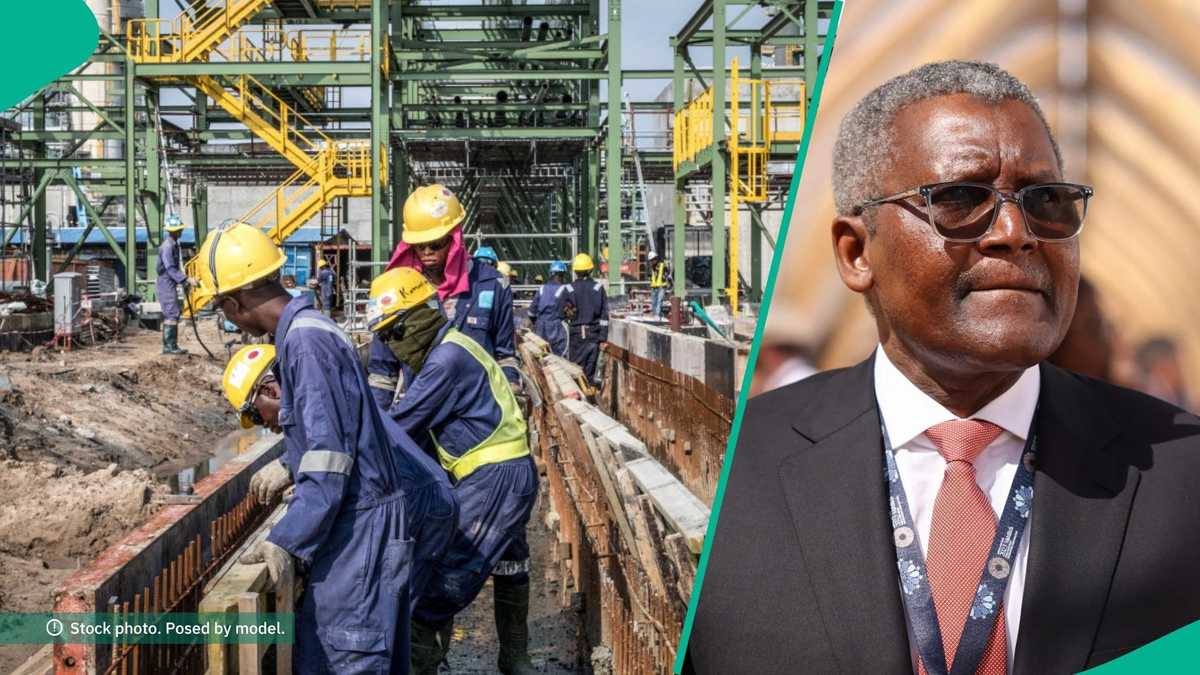Copyright Fast Company

The pace of change in the business world is accelerating beyond recognition. And the data backs it up. Over the last five years, it has increased by 183%. And according to PwC’s 2025 Global CEO Survey, 42% of chief executives believe their companies won’t be viable in ten years without reinvention. For organizations, the challenge isn’t just keeping up; it’s knowing when to pivot and how to scale, turning change into advantage. Achieving this enterprise agility demands both strong leadership and executional excellence. That’s why project management—focused on delivering results and scaling impact—has become an even more strategic lever for organizations aiming to thrive amid disruption. Project Management Institute (PMI), a global nonprofit advancing the discipline and impact of project management, helps teams build the skills and approaches that enable true enterprise agility. Their research indicates that leading organizations thrive in disruption because they are built to withstand and adapt to significant and unrelenting change. At the recent Fast Company Innovation Festival, PMI convened a panel of business leaders to discuss how organizations can build resilient cultures that embrace the unexpected—and turn disruptions into opportunities to grow long-term value. Here are four takeaways from the discussion. (Some quotes have been edited for length and clarity; scroll to the bottom to watch the entire panel discussion.) 1. Embrace complexity to increase resilience. Prevailing wisdom in business instructs leaders to look for ways to simplify their organizations. According to PMI president and CEO Pierre Le Manh, today’s most effective C-suite leaders are skeptical this practice will lead to organizational success and agility, given the rate of change. “Resilient organizations and ecosystems are, by nature, very complex,” he said. “There’s a temptation to always simplify, reduce the number of suppliers, reduce the number of clients, get rid of the long tail. But this doesn’t make you resilient.” A perfectly streamlined organization with no redundancies anywhere in the system can become dangerously fragile, Le Manh said. In the face of disruptions, these oversimplified businesses will find it harder to adapt and thrive than sufficiently complex businesses. 2. Experimentation accelerates learning. Santiago Garces, CIO of the City of Boston, understands that there are times to move forward without a fully developed plan. In fact, the results of such actions can often build the knowledge base to create more robust strategies. As Garces put it, “[e]xpertise comes from experience, and experience comes from experimentation.” That meant that when generative AI models were released to the public, Boston was among the first U.S. cities to explore its use in local government. It created preliminary guidelines for the implementation of generative AI and encouraged employees to experiment with ChatGPT. The city quickly discovered ways the technology could increase productivity and enhance communication with the public. For example, the city discovered it could meaningfully summarize 20 years’ worth of city council votes in “about two seconds”—and in language that was accessible to the general public. 3. AI can democratize technological benefits and increase stability. Eswar Veluri, chief technology officer at high-end fitness company Equinox, thinks this spate of technological disruptions can help businesses improve their resilience. Veluri noted that generative AI differs from previous technological leaps in that it offers benefits to every area of the business and vastly improves information dissemination. “Generative AI [allows] every employee to type in any language, and in any format, they want,” Veluri said. It’s when workers can gain instant access to information in terms they can understand, he said, that an organization can move with agility. advertisement And the widening use of AI in Boston’s municipal workforce has soothed some lingering fears—they are less concerned than other government workers about losing their jobs to these new technologies. Garces credits the city’s implementation of AI with helping shape employee attitudes. 4. Clear purpose and a strategic long-term mindset drive enterprise transformation and resilience. Le Manh talked about how finding stability through transformation requires clarity of purpose – it lays the foundation to build successful enterprise agility. “It’s very important that all stakeholders understand what your end goal is,” he said. “And the end goal shouldn’t be something that changes every year.” PMI’s mission, he said, is to increase project success to elevate our world and benefit the common good—an unchanging mission, even as the organization continues to transform. “If the lights go off; if everything is disrupted; everybody still knows, in the dark, that this is what we want to accomplish,” Le Manh said. Enterprise agility, the panel agreed, is now all about moving smarter. For Le Manh, staying ahead of the competition means pairing adaptability with clear strategic intent. [Editor’s note: PMI’s research shows 32% of organizations have attained this edge.] And just as important, he said, is for companies to make investments in the long game. Business leaders need to resist the temptation to fixate on the short term, Le Manh said, because “you can’t build an agile and resilient organization if you don’t force people to look ahead.” Watch the full panel:



